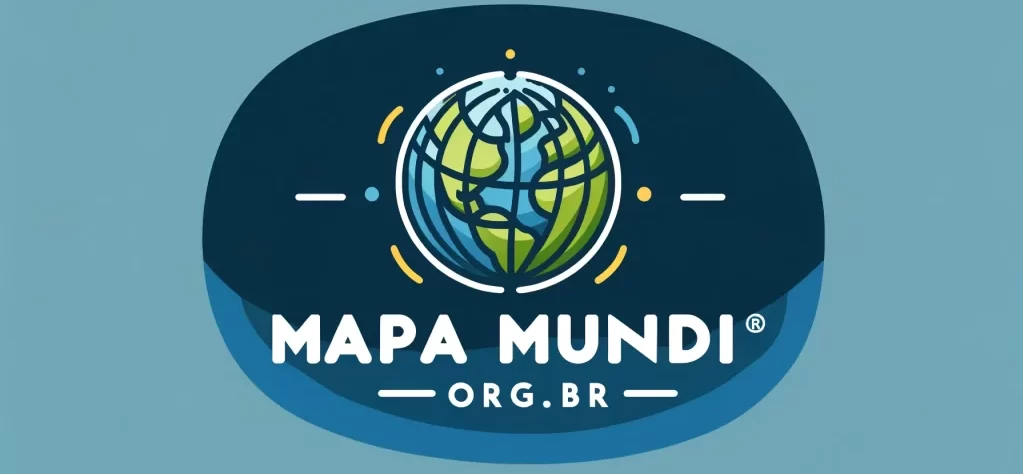
Recent research indicates that the ozone hole has narrowed in the Southern Hemisphere, but it opened up in the Northern Hemisphere. To get an idea, global warming in the region is twice as intense as the global average. In addition to the possible environmental impacts, this is a region that should attract the world's attention.
The Arctic Region is recognized as the region of the Northern Hemisphere in which the average temperature of the hottest month of the year does not exceed 10ºC. Projections indicate that there is something around US $ 35 trillion in oil and gas reserves in the region, in addition to other mineral resources. Because of this, there is a dispute between countries in the region in terms of dominance over resources.
Several countries border the arctic region. The two countries with the largest border with the region are Canada and Russia, is with 53% Arctic sea borders. In population terms, Russians represent approximately 2 millions, From 4 millions living in the region.
Russian military spending has declined over the past few years. Currently Russia is not among the 10 world's largest consumers of military goods. However, when there is an increase in the Russian military presence in the region, speculation begins about the reasons for this. Some analysts believe in the development of a new frontier of conflict between Russia and the West, exactly in the arctic region.
This type of vision seeks to recover the classic reading of the Cold War, in which the advance of one side must, necessarily, mean increasing the threat to the other side. Within NATO (North Atlantic Treaty Organization) the view has grown that the resumption of Russian militarization in the region would be a way for the country to maintain a geopolitical advantage, considering the strategic positioning of the region on the globe.
However, when analyzing a scenario that goes beyond just the military dimension, trying to understand dimensions such as economic, political and cultural, it can be seen that there is another important movement occurring.
Russia today plays the main political and economic role in the region. To get an idea, one of the largest liquefied natural gas projects in the world is now developed by Russia in the region, called Yamal. At the same time, the Russian government has encouraged energy production in the region, such as the announced tax waiver of approximately $ 40 billion for companies that want to operate in the region (the announcement was made in October 2019).
The result of these investments is significant. Russia is expected to start producing in the region something around 100 million tons of oil annually. That means around 20% of current total Russian production.
Another interesting project that shows the change in the profile of the Russian presence in the region is the North Sea Route. It is a passage used before as an important geopolitical bias and that, now, begins to be used as a freight transport route between Asia and Europe. Basically this would be an alternative to the classic sea route, Suez Canal hair. The use of this new route allows the reduction in 15 days in shipping. The new route is still under development and will require a lot of adaptation and with an uncertain profitability, but it has gained increasing importance before the Russian government.
The costs of Russian presence in the region are high, especially considering a country that has increasing pressures to direct resources to economic activity, maintenance of employment and pensions.
The various interests (military, economical, politicians) in the region, at the same time that they lead to conflicting expectations, also create space for collaboration. There are several organizations, councils and movements that seek to promote themes and defend common interests in the region. Among the various efforts, the International Arctic Forum can be highlighted (https://forumarctica.ru/en/).
What can be noticed with these movements is the effort so that the different agendas can be minimally compatible. It is an example of the effort around an agreement between the countries of the region so that there is a balance between the environmental impact and the exploitation of the region's resources..
In a complex world like the one we live in, to try to reduce the Arctic region to geopolitics is to lose the real dimension of what is happening. The agendas are multiple, not only because of the number of actors involved, but above all according to the number of themes and the way they are influenced.
